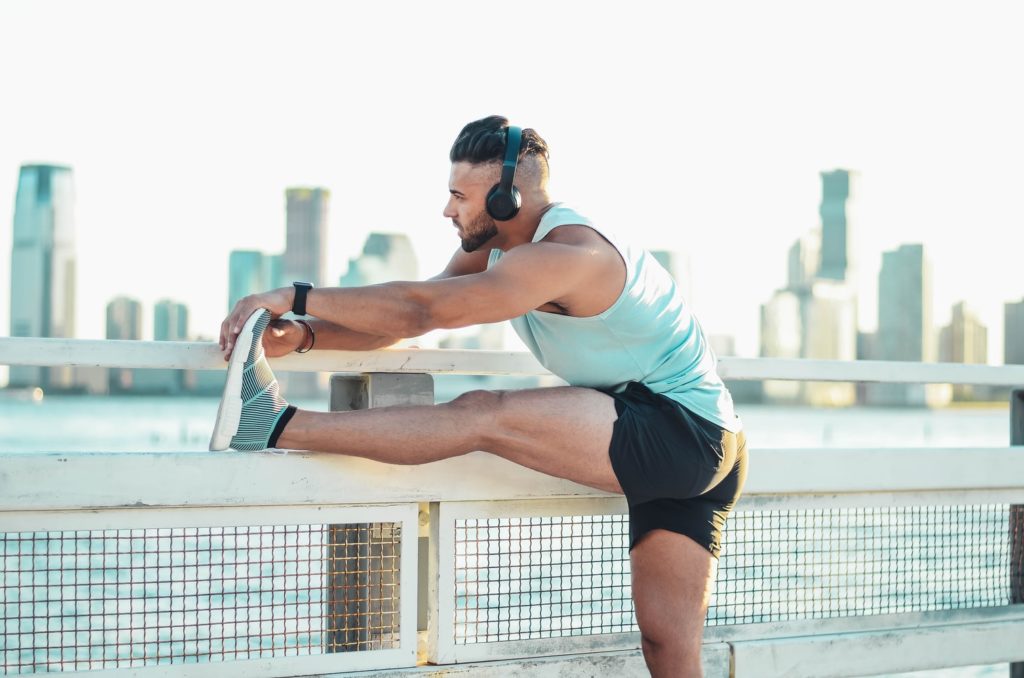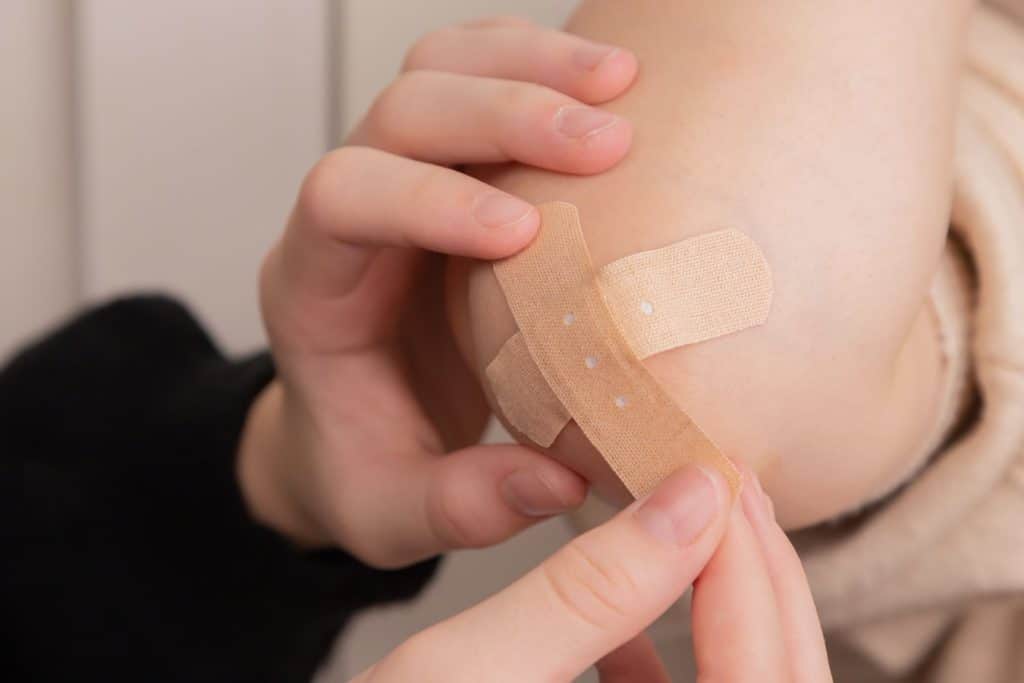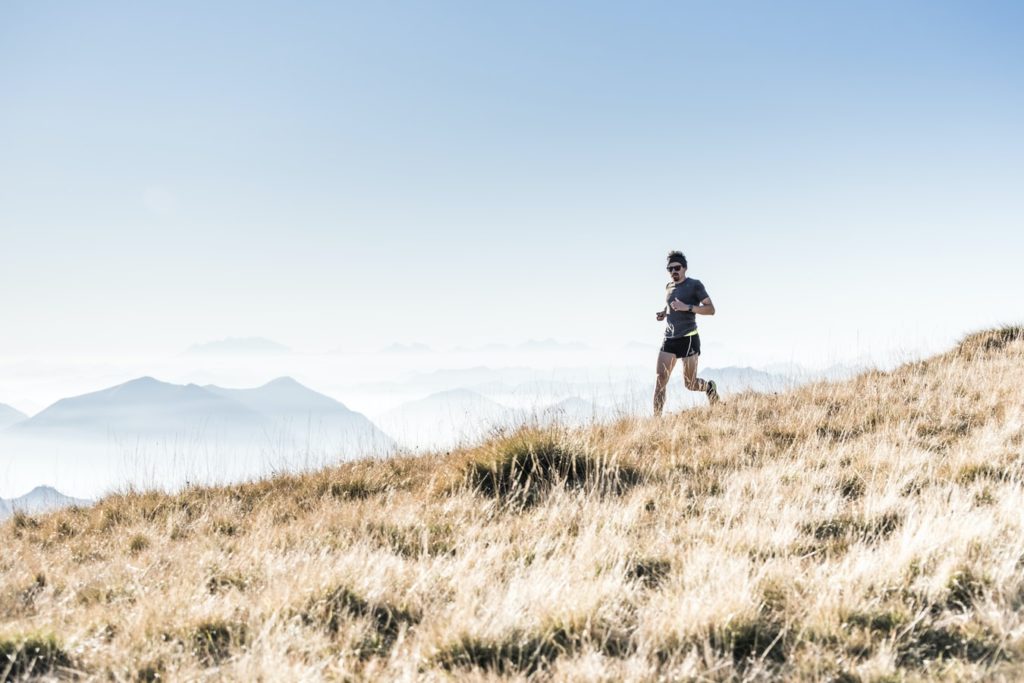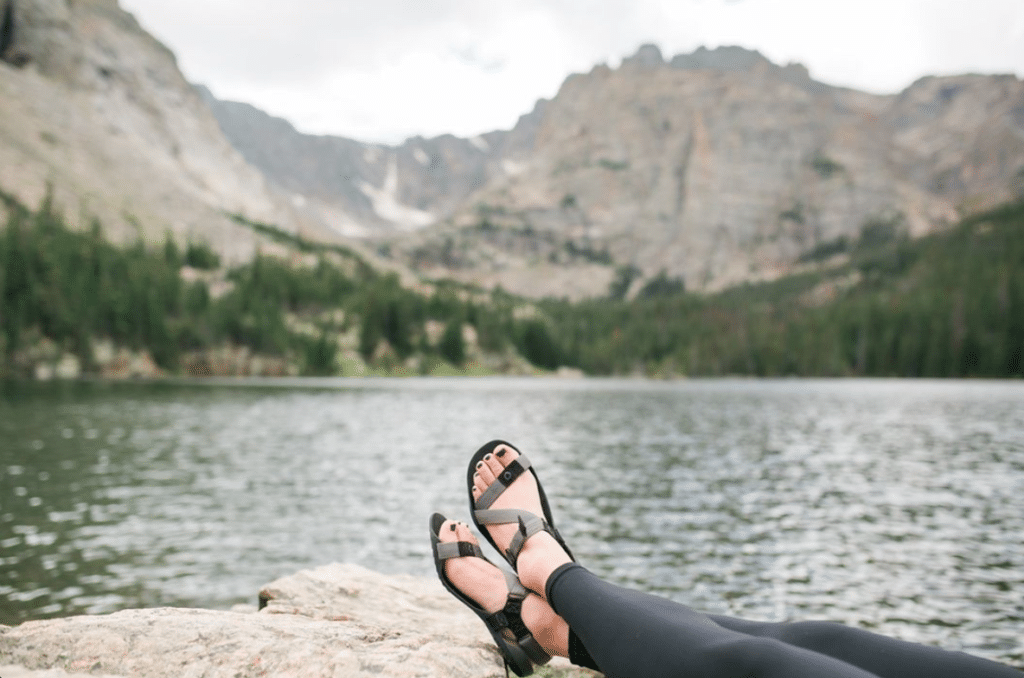
If you’ve ever seen me in public, there’s a good chance you noticed my footwear. Until recently, I practically lived in Vibram FiveFingers –– those weird toe shoes that fit your foot like a glove.
I chose the Vibrams because they’re minimalist shoes: they allow you to mimic walking around barefoot, which is the way you’ve evolved to move. Minimalist shoes improve your postural alignment and take pressure off your joints.
If you’re still wearing traditional footwear, it’s worth your time to make a switch. You’re on your feet every single day, and if you’re wearing a standard shoe with a stacked heel and cushioning, it’s probably taking a bigger toll on your body than you’d think.
In this article, I’ll talk about why standard shoes are harmful and how minimalist shoes improve your posture and take stress off your joints. I’ll also share my favorite new minimalist shoe brand and talk about why they’ve gotten me to switch from Vibram FiveFingers. Let’s get started.
Normal Shoes Mess with Your Alignment and Hurt Your Joints
Let’s start with the world’s shortest functional anatomy lesson:
Most people don’t know that 1/4 of the bones and joints of your entire body are in your feet and ankles.
Or that you have over 200,000 nerve endings in your soles — more than anywhere but your fingertips and lips.
These amazing structures — your literal foundation — are meant to bend and flex, and to send sensory information to your brain to help you move effectively and efficiently.
The nerves in your feet function on a loop. Your feet tell your brain how to adjust to the terrain you’re on. Then your brain tells your body, often starting with your feet, how to move across it.
If you shut down either the mobility in your ankles and joints or the sensory feedback of contact with the ground, the loop breaks, and you might too.
Now you might think that this is enough of a reason to get into minimalist footwear. It allows your feet to move naturally and safely feel the world beneath your feet.
Frankly, however, the biggest reason is comfort and enjoyment.
If you look at the toe box of a traditional shoe, you’ll notice that it comes to a point in front of your toes. Odds are your foot does not have that pointy shape. And if it does, it’s probably from wearing shoes with this shape, since a healthy foot isn’t pointy, nor does it have bunions that can come from squeezing your toes together.
There’s also a good chance that your shoe has a stacked heel. The heel lift in both casual and performance footwear changes your posture and center of mass, shifting your weight forward and putting strain on knees and backs.
Finally, most shoes have some kind of cushioning in their sole. It seems like you would want cushioning –– after all, walking or running can feel hard on your feet, knees, and hips. When you run, you land with 2.5-4x your bodyweight, and if you sprint, you can land with up to 6x your bodyweight.
Clearly, you need cushioning to protect you from that force, right?
Well, yes and no.
The “no” is that man-made cushioning doesn’t do what we think it does. It may feel good when you try it on, but research shows that cushioning doesn’t actually protect you from impact force.
Cushioning is a bandaid for improper movement. It reduces or eliminates the sensations your feet need to tell your brain how you should move. That makes you more comfortable in the short-term, but in the long-term, you actually want that feedback to reach your brain.
If something hurts when you walk, it’s a sign that you’re moving improperly. Without cushioning, you would adjust your movement to use the shock absorbers built into your body: your muscles, ligaments, and tendons.
But with cushioning, you can move improperly for years and not feel the cost –– until the day that you wake up with unexplained back and knee pain.
Even worse, cushioning wears unevenly. Check out the soles of an old pair of shoes and you’ll probably see that one side is more worn down than the other. That makes your alignment even worse.
Minimalist Shoes Improve Your Posture and Reduce Your Risk of Injury
A 2019 study found that walking in minimalist shoes for just 8 weeks increases foot muscle size and strength by over 10%, the same amount you would get from doing a dedicated foot strengthening exercise program (yes, that is a thing)[*].
However, it’s worth noting that not all shoes that claim to be “minimalist” really are –– and the wrong shoe can actually do you more harm than good.
Harvard’s Dr. Irene Davis breaks down minimalist footwear into 2 categories, “partial-minimalist” and “minimalist.”
True minimalist shoes have wide toe-boxes — so your toes can spread and splay — little to no cushioning (again, your body can give you almost all that you need), no elevated heel, a low-to-the-ground design that can help with balance and agility, and a flexible sole. If you can roll the shoe into a ball, that’s great.
The Vibram FiveFingers that I used to wear do that. So do shoes from companies like Xero Shoes and Vivobarefoot.
The “partial” minimalist shoes are not only missing some of those features, but Dr. Davis’s research shows that wearing them can be worse for you than wearing padded, heel-elevated, flared sole athletic shoes, mostly because they have enough padding to dramatically reduce the ground feedback that you need to adjust your gait to USE those muscles, ligaments, and tendons.
I’ve seen quite a number of shoes sold with the words “minimalist” and “barefoot” that may be flexible, but have narrow toe boxes, or too-thick soles.
Make sure when you’re shopping that your minimalist shoe is truly minimalist.
I’ll talk more about my minimalist shoe of choice in a moment, but first: how do you transition into minimalist footwear?
How to Safely Transition into Minimalist Shoes
If you’re new to minimalist shoes, you want to give your feet time to adjust. You’re in for a lot of pain if you simply put on a new shoe and go for a 10 mile run, or spend all day on your feet at work.
You’ll be able to do both of those sooner than you think, but it’s a good idea to take things slow and give the muscles in your feet (and your posture) time to adjust.
Waking up your nervous system and teaching it to move better takes a bit of time, and the amount of time differs for each person. It’s a worthwhile transition to make, though.
Start by wearing your minimalist shoes around the house or going for a short walk in the morning. You may find that your feet, ankles, and calves are sore; that’s because you’re working muscles that you haven’t worked in a long time.
As the soreness goes away, you can start wearing your shoes more –– taking them on hikes, runs, and so on. Give it a few weeks and you’ll be able to wear minimalist shoes all day.
Which Minimalist Shoe is Best?
As I said before, many people know me as a Vibram FiveFingers guy.
One reason I wore the Vibrams is because of the size. I wear a size 16 shoe and most footwear companies don’t go that high.
I always liked Vibrams, but they’re a pain to get on and off (those toe divisions get annoying after a while) and I found that they wore out a bit too quickly for my liking.
I also know that many people don’t have foot shapes that fit FiveFingers, or need a different style — if you’re a lawyer, you probably don’t want to argue your case while wearing “toe shoes.”
Recently, Xero Shoes custom-made a pair of size 16 shoes for me.
In short: I’m hooked.
Xero Shoes makes true minimalist shoes: no cushioning, a completely flat sole, wide toe boxes, and thin material that allows you to feel the ground with every step. They’re also built to last –– the soles are backed with a 5,000 mile warranty –– and have a wide variety of minimalist footwear, from everyday shoes to running shoes to sandals.
Xero is my new favorite, but whichever brand you choose, I highly recommend giving minimalist footwear a try. It’s a simple biohack that you won’t even think about after a few weeks, but it keeps your body in good shape and improves your posture in a way that will serve you for the rest of your life.














